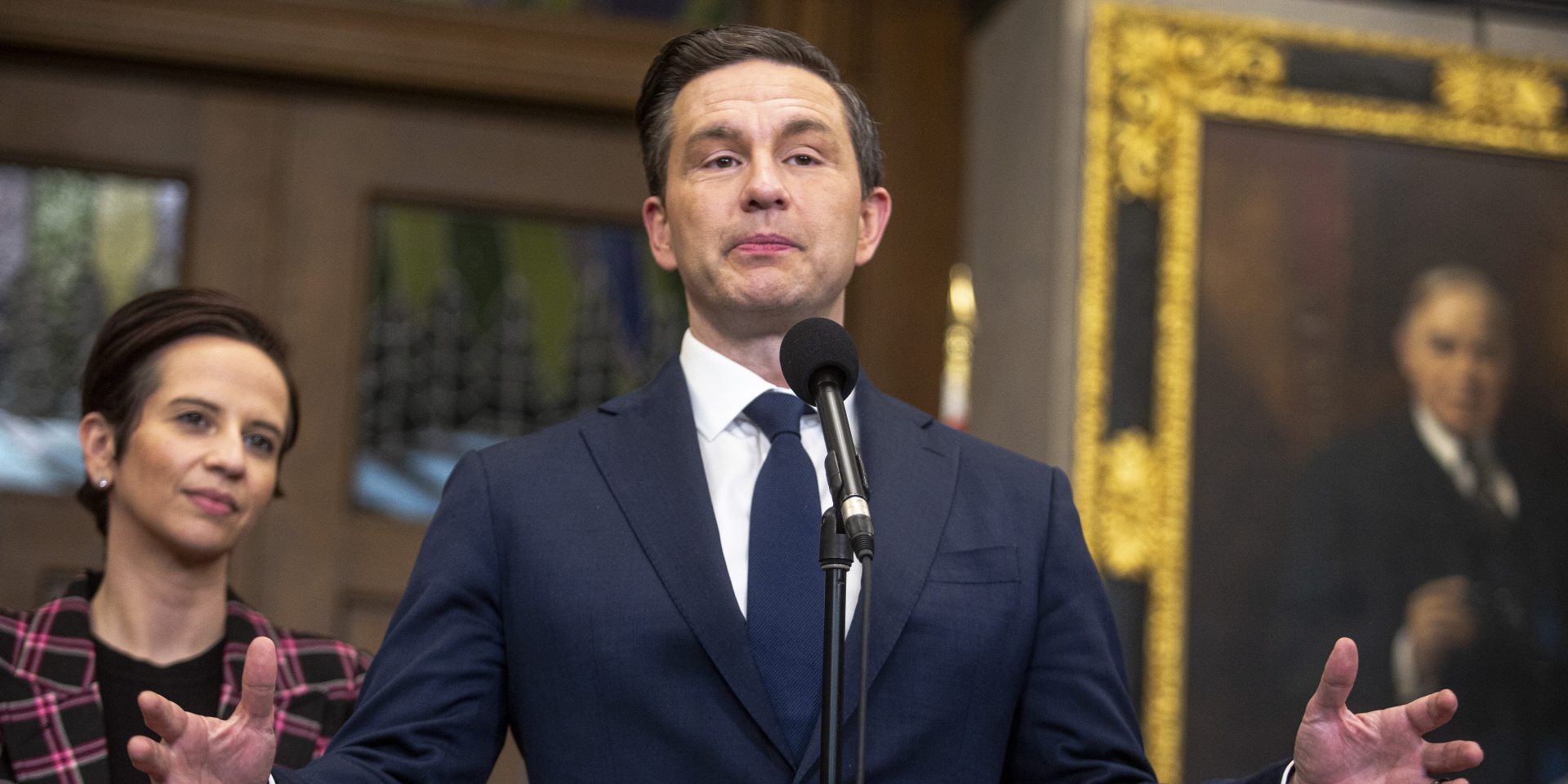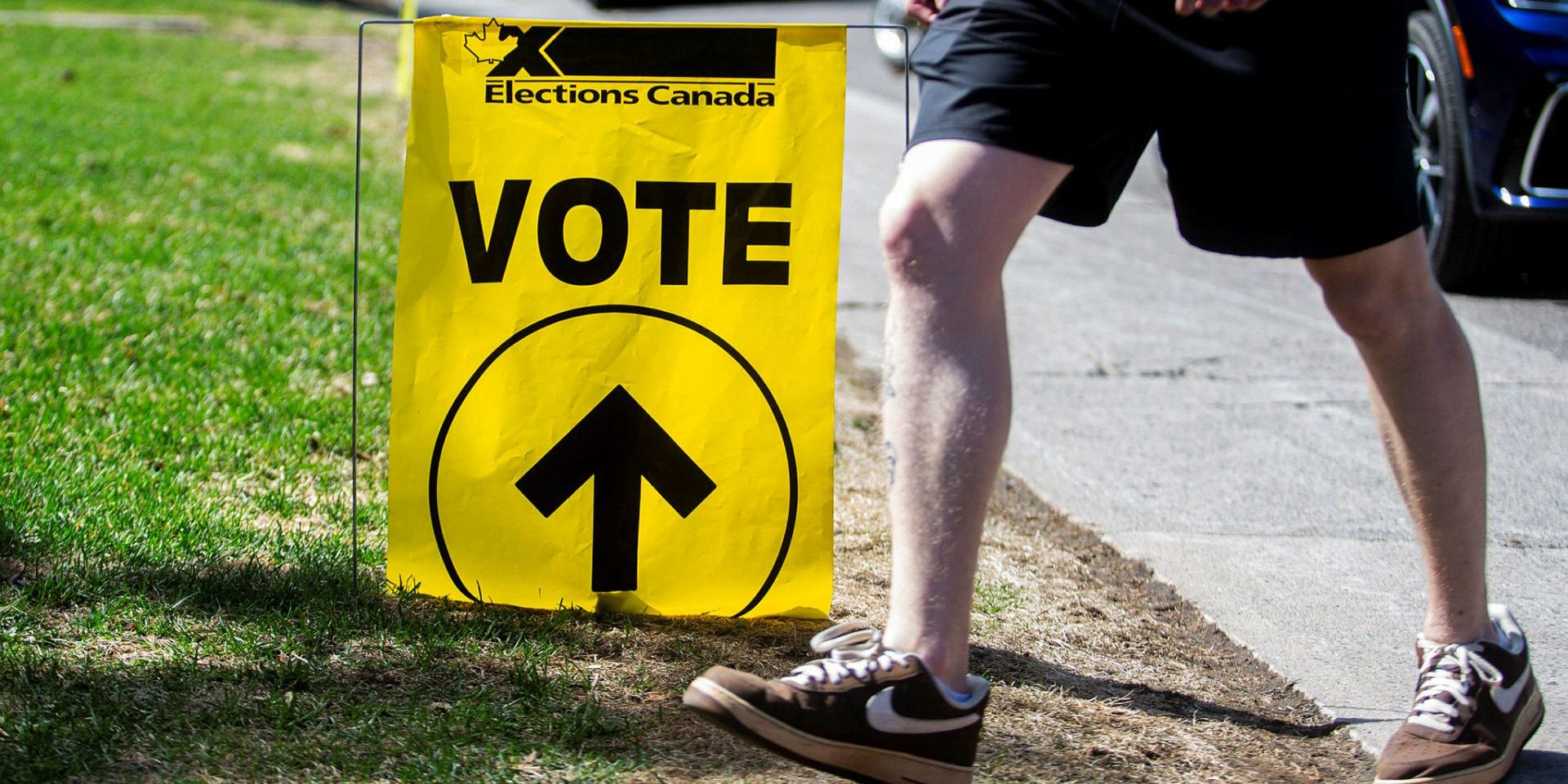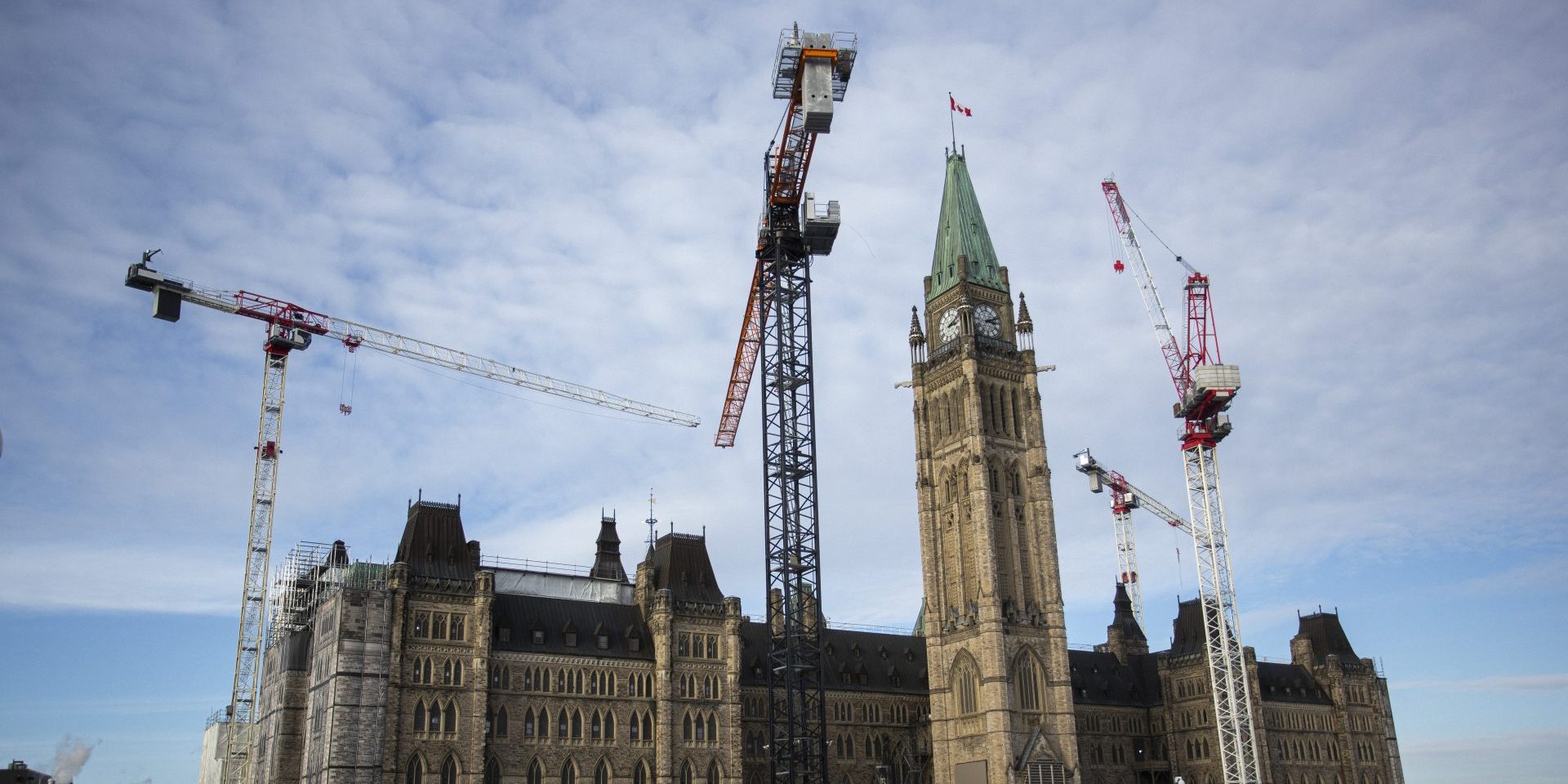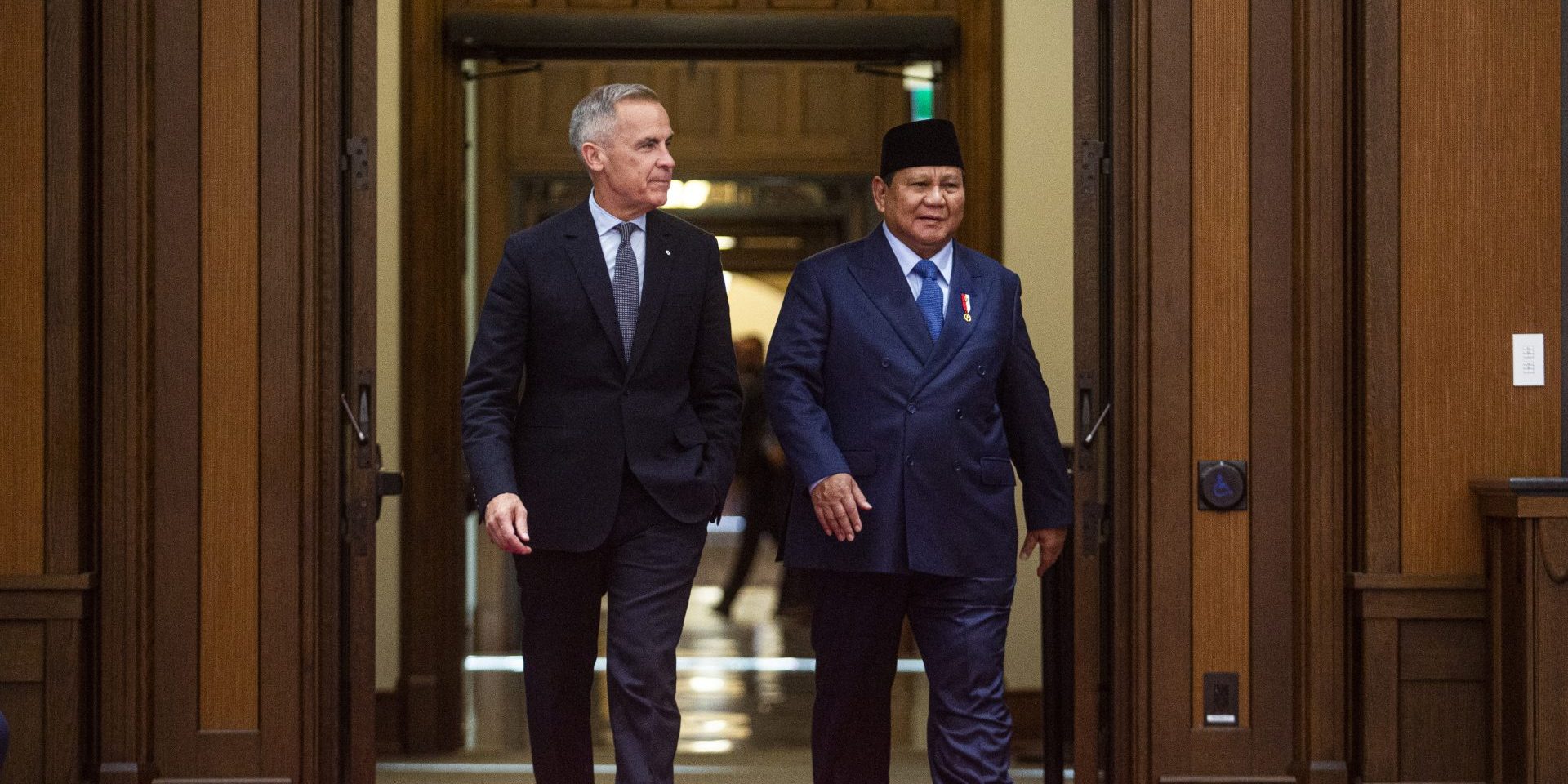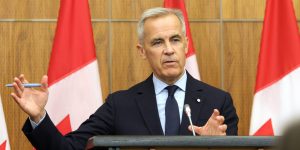Health Canada plan forecasts a $1-billion spending drop by 2027-28
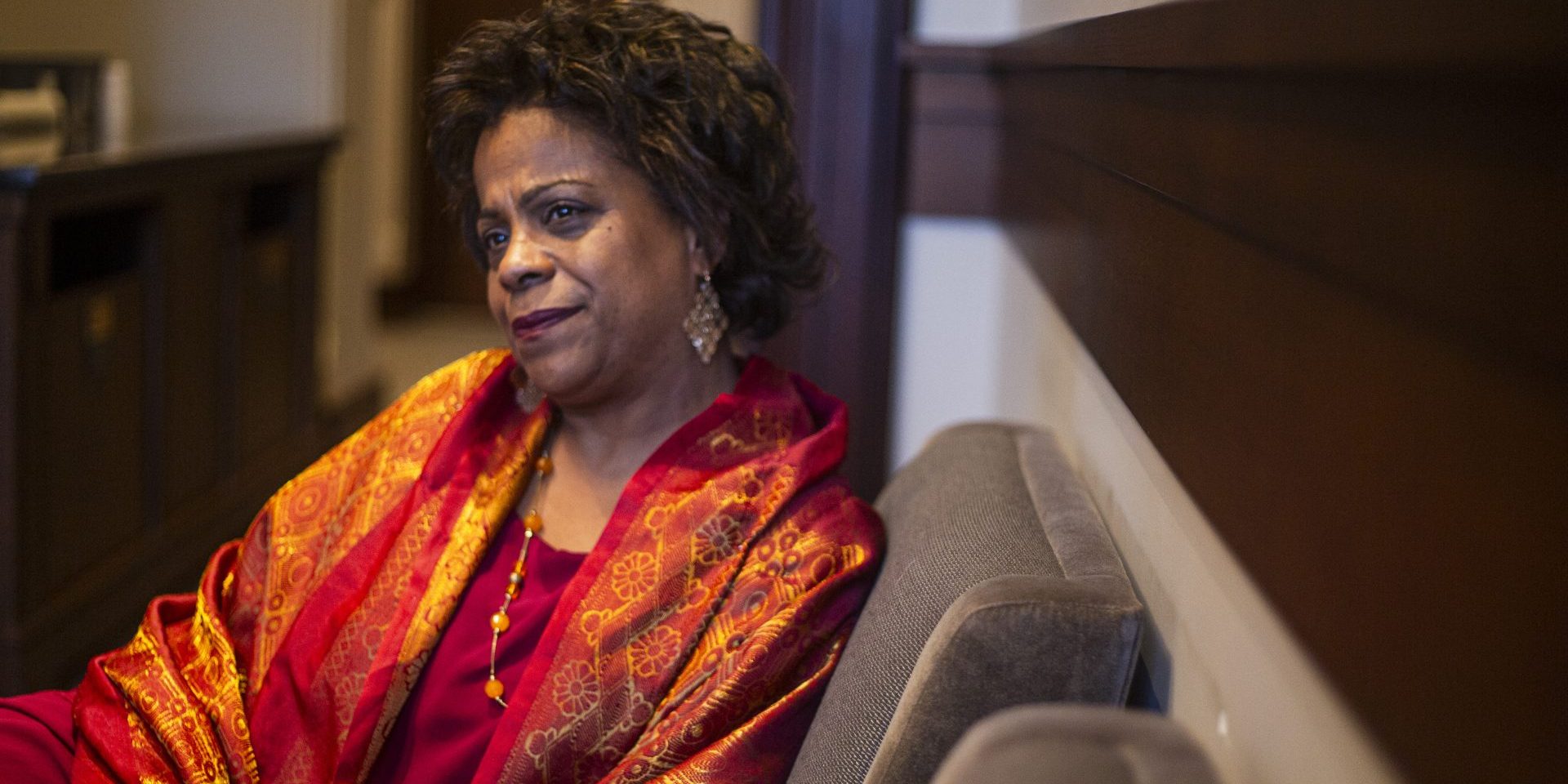
Expiring funding for programs that include the National Strategy for Drugs for Rare Diseases and the Emergency Treatment Fund could lead to a drop of $1-billion in spending between the 2025-26 and 2027-28 fiscal years, according to Health Canada’s most recent departmental plan.
“For expiring budgetary spending authorities, the department would have to request funding for these initiatives for future years,” reads the 2025-26 plan.
The plan states that the department expects to spend a total of $10.285-billion on programs (which excludes internal services) in 2025-26. That will increase to $10.567-billion in 2026-27, but the department is forecasting a drop to $9.251-billion in 2027-28.
The Hill Times asked Health Canada if there were plans to renew the funding for the rare disease strategy and the Emergency Treatment Fund, which provides support for substance use initiatives directly to municipalities and Indigenous communities.
An email on July 24 from Mark Johnson, Health Canada’s media relations manager, states that funding for the “first phase” of the national rare disease strategy is being made available between April 1, 2024, and March 31, 2027. In March 2027, “program authorities will expire and the government will assess the funding,” the email reads.
The government’s decision to develop a strategy was announced in Budget 2019, which came with a spending promise of $1-billion over two years, starting in 2022-23, and $500-million ongoing. The strategy itself, launched in March 2023, includes $1.4-billion for three-year bilateral agreements with provinces and territories that will provide coverage for specific medicines for rare diseases. All 13 provinces and territories have signed the agreements.
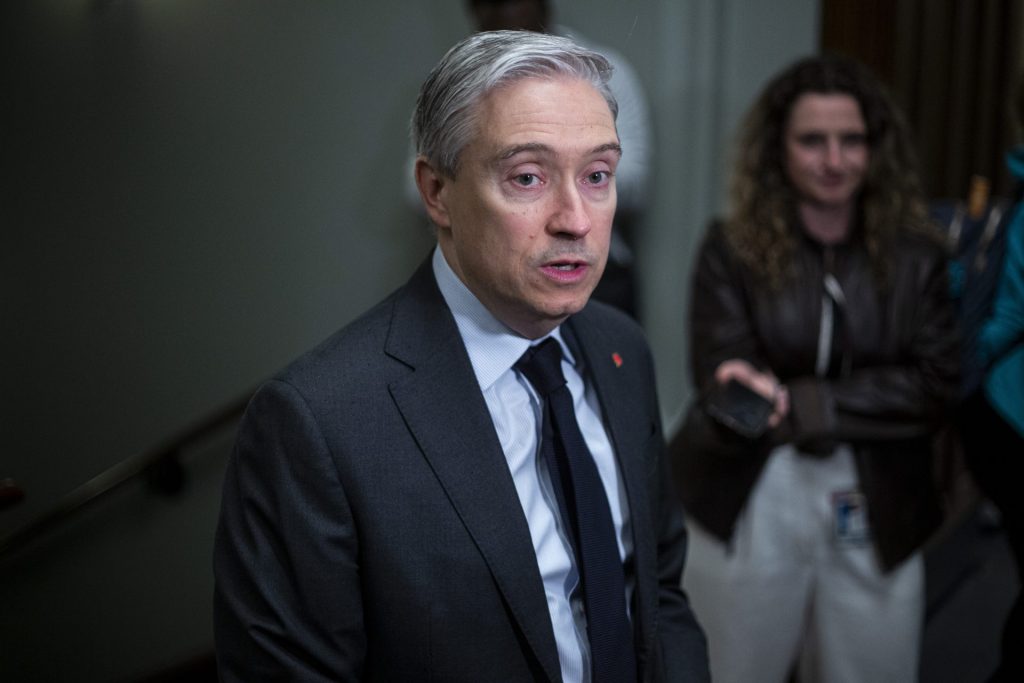
As for possible ongoing federal money for the Emergency Treatment Fund, Johnson wrote that the fund “was designed to provide time-limited funding to respond to the high demand for urgent needs as a result of the overdose crisis.”
Funding for the fund, announced in Budget 2024 with $150-million over three years, is meant to end in 2026-27.
Although time-limited, the Liberal Party, now led by Prime Minister Mark Carney (Nepean, Ont.), promised during the 2025 election that it would add $500-million to the fund, which was introduced by the previous Justin Trudeau government.
The Emergency Treatment Fund was also the subject of Marjorie Michel’s (Papineau, Que.) first public announcement as health minister on July 21, when she was in Fredericton to announce $2.8-million to support four projects in Atlantic Canada.
Like the already-released Throne Speech and mandate letter, the 2025-26 departmental plans—published in mid-June—provide formal insight into what stakeholders can expect from a government that holds the same Liberal name of the previous government but is led by Carney, who has aimed to distinguish himself from Trudeau.
The plans were developed and released prior to the tabling of the 2025 budget, which is expected this fall. However, departmental plans don’t typically reflect annual budget funding as they are often pulled together before the government releases its spending plan.
Since being sworn in as prime minister on March 14, and then formally elected in the April 28 general election, Carney has signalled that he will have a more restrained spending approach than Trudeau. That approach is already being felt through Finance Minister François-Philippe Champagne’s (Saint-Maurice—Champlain, Que.) move on July 7 to write to his cabinet colleagues, asking them to find “ambitious savings proposals.”
As for what seems to be off the table for these upcoming cuts, Transport Minister Chrystia Freeland (University-Rosedale, Ont.) said in a July 7 interview on CBC News’ Power & Politics that programs connected to national dental care and early learning and child care, as well as transfers to provinces and territories “would not be touched.”
Kevin Den Heijer, a senior consultant with EnterpriseHealth and a former Liberal staffer, told The Hill Times by email on July 24 that “the 2025–26 plans are useful documents to understand what a department is doing as a baseline. In a year following an election, the platform, Speech from the Throne, mandate letter, and the upcoming budget are the real signs of how health policy in Prime Minister Carney’s government will shake out.”

Most of those items, with the exception of the budget, are all public.
The platform included promises that are meant to add medical professionals to Canada’s understaffed health care systems, improve resources to help with mental health and substance use problems, and modernize the public health care system.
The single mandate letter that was provided to all cabinet ministers on May 21 did not include any direct references to health policy. The Throne Speech, read by King Charles III on May 27, focused on protecting pre-existing programs such as pharmacare and dental care and repeated the Liberals’ promise to reduce labour mobility.
As for what Den Heijer sees as health priorities for the current government, he cited expanding access to mental health care, broader access to care across the country, and “a push on digital innovation in health care,” which are all broad themes that are included in the 2025-26 plan.
Plan forecasts a loss of nearly 2,000 bureaucrats by 2027-28
In addition to a possible decrease in funding, Health Canada’s plan states that it expects to be employing nearly 2,000 fewer full-time equivalents (FTE) between 2024-25 and 2027-28. In 2024-25, the forecasted number of FTEs was 9,808. The 2025-26 fiscal year could see a slight drop to 9,129 but the more significant reductions are being planned for 2026-27, when the plan forecasts 7,937 FTEs, and 2027-28 at 7,881 FTEs.
“The decrease in FTEs in 2026-27 is primarily due to the expiry of budget authorities for the renewal of the federal framework for the legalization and regulation of cannabis in Canada, the Chemicals Management Plan, and strengthening the capacity and transparency of the pesticide review process,” the plan states.
In response to a question about the circumstances connected to the planned staffing cuts, Health Canada’s Johnson pointed to the time-limited nature of the above programs and said by email, “Programs with time-limited or ‘sunsetting’ funding are excluded from future budgets until they receive policy and/or spending approval.”
What is missing from the 2025-26 plan are any references to regulating vaping flavours, a proposal published in Canada Gazette, Part I, by the Trudeau Liberals in June 2021. The goal of this plan was meant to make vaping less appealing to youth.
However, although put forward by the Trudeau government, the proposal actually has not been included as a priority within the departmental plan since the 2022-23 document. Still, the promise lives on in Health Canada’s Forward Regulatory Plan: 2024-2026, which The Hill Times reviewed online on July 24.
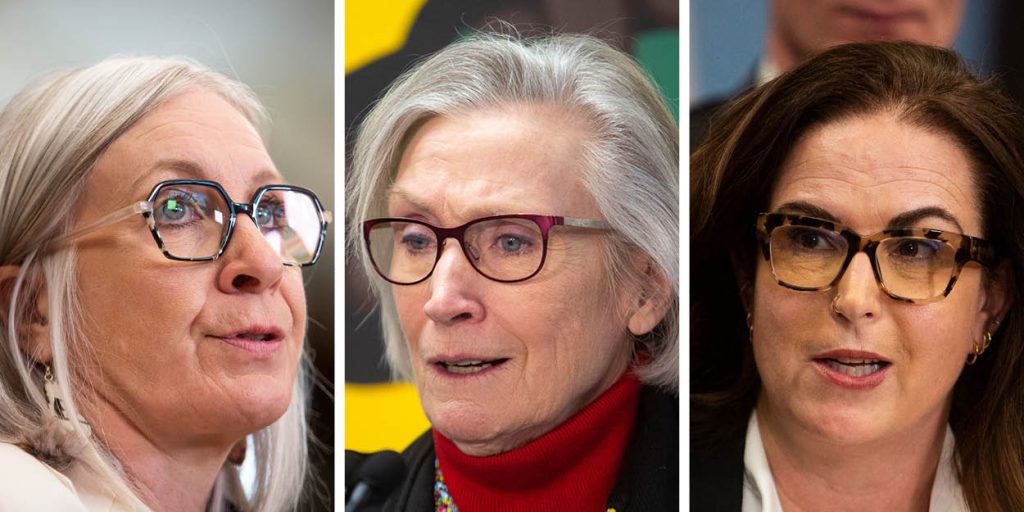
The regulatory plan states the department is “amending the Tobacco and Vaping Products Act and introducing new regulations to establish new restrictions for vaping products,” including to “prohibit the use of all sugars and sweeteners as well as most flavouring ingredients, with limited exceptions for tobacco and mint/menthol flavours.”
On the subject of vaping, Johnson’s email also noted that the proposal remains in the department’s current regulatory plan and states, “Timing for publication of the proposed vaping flavour regulations in Canada Gazette II is to be determined.”
Also excluded from the 2025-26 plan is any reference to the creation of a safe long-term care act, another Trudeau era promise. That proposal, for which a consultation took place in 2023, was a response to the tragically high number of deaths that occurred in long-term care homes during the first wave of the COVID-19 pandemic. The Hill Times previously reported on the absence of the promise from the plan on July 21.
The Hill Times asked Michel’s office if her government would move ahead with legislation, and whether the Liberals have plans for any actions to ensure that living in long-term care is a safe way to age.
A response to those questions from Emilie Gauduchon-Campbell, Michel’s senior communications advisor, makes no mention of the legislation.
“Every senior in Canada deserves to live in dignity, safety and comfort, regardless of where they live. Our new government will work in partnership with provinces, territories, Indigenous peoples and all stakeholders to make sure we do right by Canadian seniors, their families and care workers,” wrote Gauduchon-Campbell in an emailed response on July 15.
tsanci@hilltimes.com
The Hill Times






 LICENSING
LICENSING PODCAST
PODCAST ALERTS
ALERTS